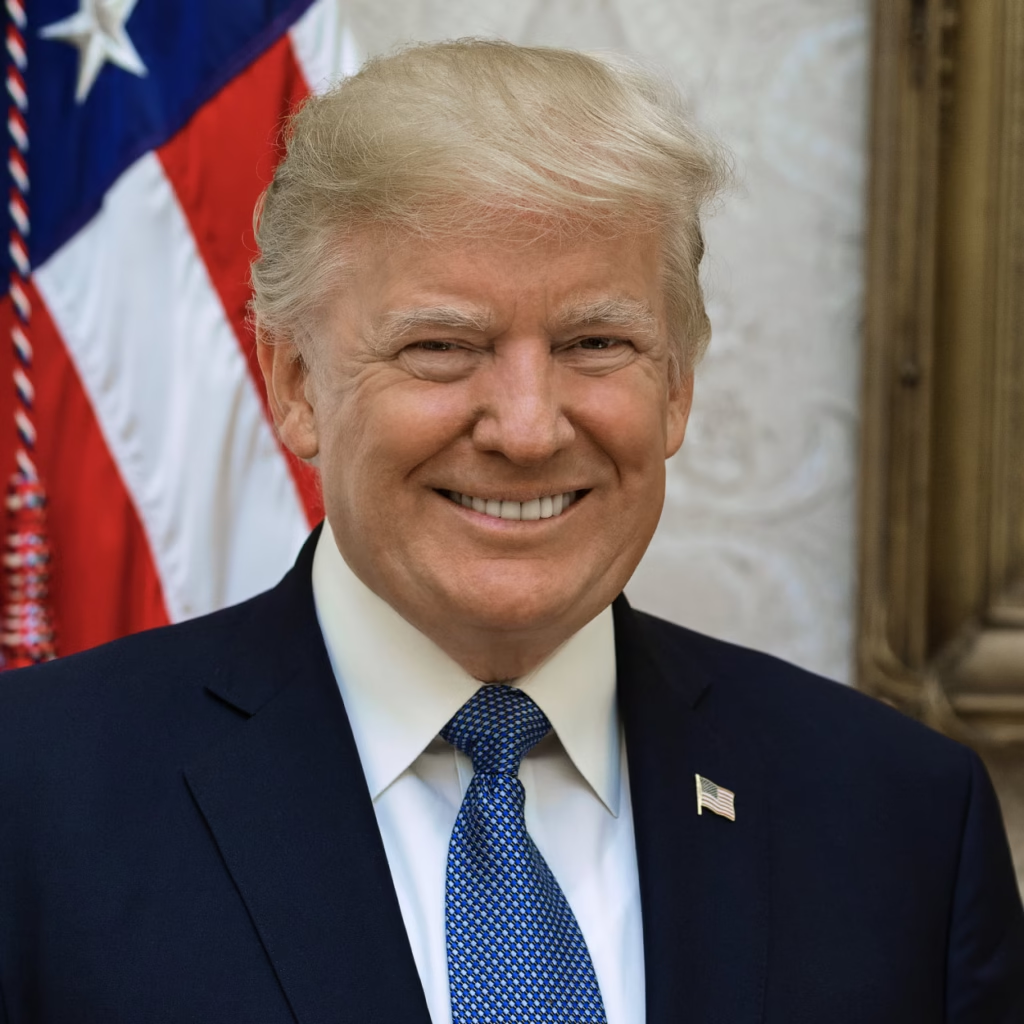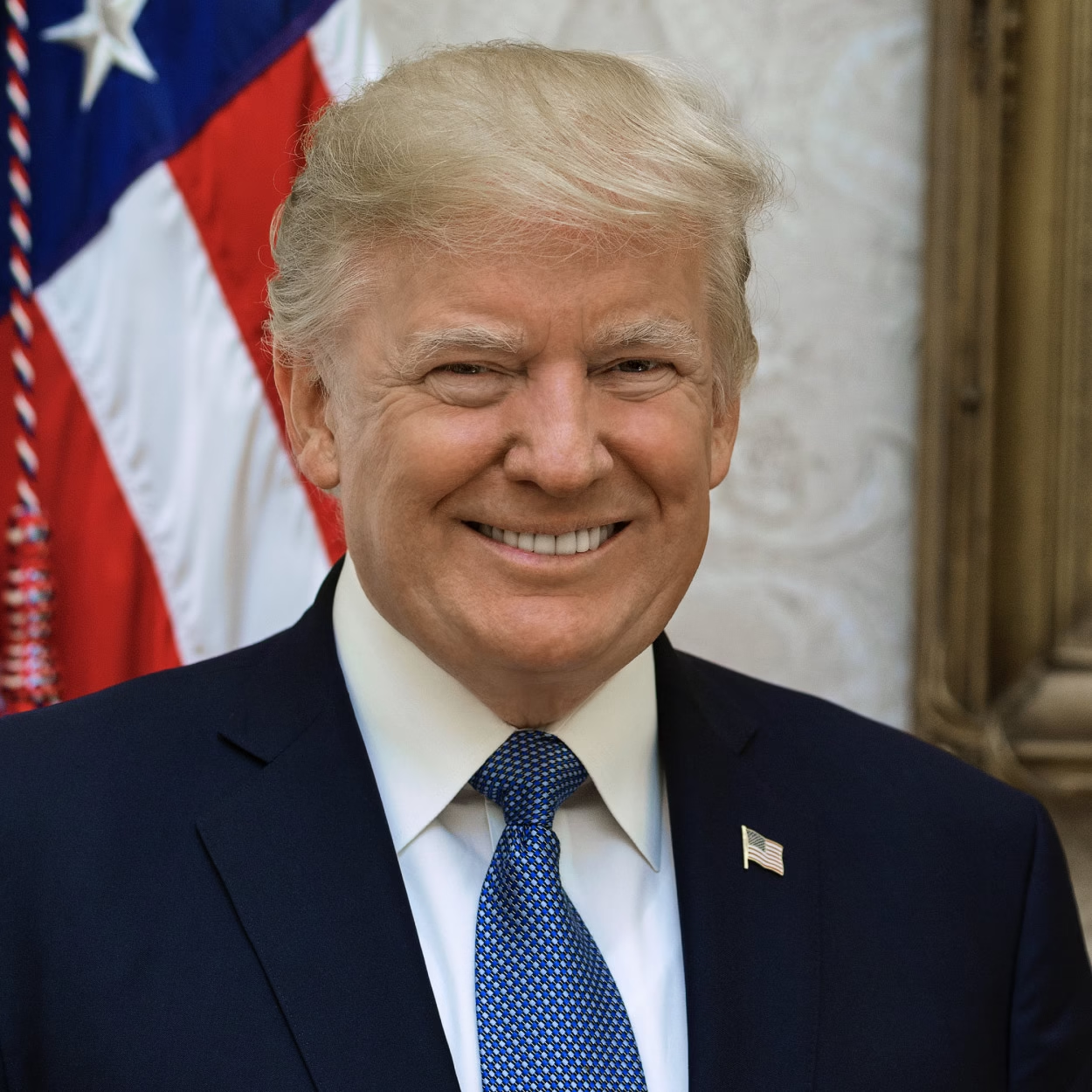
How Donald Trump Became President: Full Election Journey Explained
How Donald Trump become president is one of the most debated questions in modern U.S. politics. His unexpected rise in the 2016 election shocked experts, changed global narratives, and redefined the way political campaigns operate in America. This blog explains the full journey step by step — from eligibility requirements to primaries, campaign strategy, the Electoral College, and the key factors that made Donald Trump the 45th President of the United States.
1. Eligibility and Constitutional Requirements
To understand how Donald Trump became president, we first need to look at the U.S. Constitution. According to Article II:
A president must be at least 35 years old.
Must be a natural-born U.S. citizen.
Must have lived in the U.S. for at least 14 years.
Donald Trump met all these requirements before announcing his candidacy in June 2015.
2. Entering the Race: Donald Trump’s Announcement
In June 2015, Donald Trump announced his candidacy at Trump Tower in New York. His campaign slogan, “Make America Great Again”, quickly became iconic. At first, many political observers dismissed his chances, but his message strongly resonated with millions of voters frustrated with traditional politics.
3. The Republican Primaries
The U.S. presidential election starts with primaries where each party selects its nominee.
Trump faced strong Republican contenders such as Jeb Bush, Ted Cruz, and Marco Rubio.
His outsider image, aggressive debates, and strong media presence helped him dominate headlines.
By May 2016, Trump secured enough delegates to win the Republican nomination, officially becoming the GOP candidate for president.
This was the first big step in how Donald Trump became president.
4. Donald trump General Election Campaign
The general election pitted Trump against Democratic nominee Hillary Clinton.
Trump campaigned on issues like immigration control, job creation, trade reform, and law and order.
His direct style and controversial statements drew nonstop media coverage.
Clinton focused on experience, stability, and continuing the policies of President Barack Obama.
The 2016 election became one of the most polarizing in American history.
5. Understanding the Electoral College
To explain how Donald Trump become president, we must understand the Electoral College system.
The U.S. president is not chosen directly by popular vote. Instead, each state has a certain number of electoral votes based on its population.
A candidate needs 270 electoral votes to win.
Swing states like Florida, Pennsylvania, Wisconsin, and Michigan often decide the outcome.
Trump’s strategy heavily targeted these states, and it paid off.
6. Key Factors Behind Donald Trump’s Victory
Several factors explain how Trump won:
Swing State Success – Trump flipped states like Pennsylvania, Wisconsin, and Michigan, which had voted Democrat for decades.
Voter Discontent – Many working-class voters felt ignored by traditional politicians and embraced Trump’s outsider persona.
Media Coverage – His rallies and bold remarks ensured constant TV and online coverage, giving him billions worth of free publicity.
Clinton’s Challenges – Hillary Clinton faced criticism over emails and was seen by some voters as part of the political establishment.
Social Media Impact – Trump’s use of Twitter connected directly with millions of voters and shaped news cycles.
7. The Election Night Shock
On November 8, 2016, election night results stunned the world.
Hillary Clinton won the popular vote by nearly 3 million votes.
But Trump won the Electoral College with 304 votes to Clinton’s 227.
This confirmed Donald Trump as the 45th President of the United States.
This moment fully answered the question: how did Donald Trump become president?
8. Controversies and Criticism
Trump’s path to the presidency wasn’t without controversy:
Accusations of foreign interference in the election process.
Divisive campaign language that drew global criticism.
Deep political polarization in the U.S.
Despite this, the official Electoral College certification in December 2016 sealed his presidency.
9. Aftermath and Significance
Donald Trump’s win changed American politics in many ways:
It showed that outsider candidates could challenge traditional politicians.
Highlighted the importance of swing states and the Electoral College.
Proved that media and social platforms could be more powerful than traditional campaigning.
Trump served as president from January 2017 to January 2021, shaping policies on trade, immigration, foreign relations, and more.
10. Conclusion
So, how Donald Trump become president? By meeting constitutional requirements, winning the Republican primaries, securing key swing states in the Electoral College, and leveraging voter frustration with the establishment. His unique campaign style and ability to dominate media coverage turned him from a businessman into the 45th U.S. President.
The story of Donald Trump’s rise is not only about one man, but about changing dynamics in U.S. democracy — where outsider voices, strong messaging, and voter anger can overturn expectations.
FAQs
Q1. Did Donald Trump win the popular vote?
No. Hillary Clinton won the popular vote by nearly 3 million. Trump won through the Electoral College system.
Q2. Which swing states made the difference?
Pennsylvania, Michigan, Wisconsin, and Florida were crucial to Trump’s victory.
Q3. Could another outsider candidate repeat Donald Trump’s success?
Yes, but it would require strong media strategy, swing state focus, and widespread voter frustration with the system.
✅ SEO Notes:
Main keyword: How Donald Trump become president
Related keywords: Trump election process, Electoral College, Trump presidency 2016, how Trump won
how donald trump made his money
https://manyviral.com/can-trumps-big-beautiful-bill-pass-the-senate/
You might to like read this blog

Leave a Reply